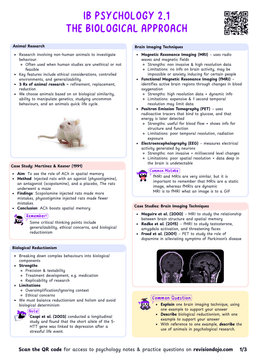Cognitive Dissonance
- A psychological state of tension that occurs when an individual holds two conflicting beliefs, attitudes, or behaviors, leading to discomfort and a motivation to reduce the inconsistency.
- This tension motivates individuals to reduce the dissonance by changing their attitudes, beliefs, or behaviors.
- A smoker who values health but continues to smoke experiences cognitive dissonance.
- To reduce this discomfort, they might rationalize their behavior by downplaying the risks of smoking or convincing themselves that they will quit soon.
Festinger and Carlsmith (1959)
Aim
To investigate whether making people perform a dull task and then lie about it being enjoyable would create cognitive dissonance, leading to attitude change.
Method
- Participants performed a boring task (turning pegs on a board).
- They were then asked to tell the next participant that the task was enjoyable.
- Participants were paid either 1 USD or 20 USD for this lie.
- Afterwards, they rated how enjoyable they found the task.
Results
- Participants paid 1 USD rated the task as more enjoyable than those paid 20 USD.
- Those paid 1 USD experienced cognitive dissonance because the reward was insufficient to justify the lie, leading them to change their attitude to align with their behavior.
- Those paid 20 USD had enough external justification, so they did not experience dissonance.
Conclusion
Cognitive dissonance occurs when there is insufficient external justification for a behavior, leading individuals to change their attitudes to reduce the discomfort.
Sociocultural Relevance
Social Norms and Cultural Expectations
- Cognitive dissonance is influenced by social norms and cultural expectations.
- In collectivist cultures, the pressure to conform to group norms can intensify dissonance when individual behaviors deviate from these norms.
- It also may occur when people migrate to countries that have different norms.
- In a culture that values environmental sustainability, an individual who drives a gas-guzzling car may experience dissonance.
- To reduce this, they might justify their behavior by highlighting the car's safety features or by planning to buy an electric car in the future.
Applications in Real Life
- Attitude Change: Cognitive dissonance is used in advertising and persuasion techniques. By highlighting inconsistencies between a person's values and actions, marketers can motivate attitude change.


